What is the SECURE Act 2.0?
The Secure Act 2.0 is a new piece of legislation that builds upon the original Secure Act, which was passed in December 2019. The Secure Act 2.0 aims to further strengthen retirement security for American workers by making it easier for them to save for retirement and access their savings.
One of the key provisions of the Secure Act 2.0 is the expansion of the "multiple employer plan" (MEP) option. This allows small businesses to pool their resources and offer a 401(k) plan to their employees, even if they do not meet the requirements to offer a standalone plan. This can help small businesses attract and retain employees, and also make it easier for employees to save for retirement.
Another important provision of the Secure Act 2.0 is the expansion of the "auto-enrollment" option for 401(k) plans. This means that employees will be automatically enrolled in their employer's 401(k) plan, unless they opt out. This can help increase participation in 401(k) plans and encourage more people to start saving for retirement.
The Secure Act 2.0 also includes provisions to make it easier for people to access their retirement savings. For example, it allows for long-term, part-time workers to participate in 401(k) plans and it increases the age for required minimum distributions from 72 to 75 for certain individuals. This means that people can continue to save for retirement for longer and also have more flexibility in when they start taking distributions from their retirement accounts.
In addition, the Secure Act 2.0 also includes provisions to help people catch up on their retirement savings. For example, it increases the catch-up contribution limit for 401(k) plans from $6,500 to $10,000 for individuals over the age of 50. This means that people who have fallen behind on their retirement savings can catch up more quickly.
Overall, the Secure Act 2.0 is an important piece of legislation that aims to help more people save for retirement and access their savings. By making it easier for small businesses to offer 401(k) plans, and by increasing the age for required minimum distributions, the Secure Act 2.0 can help more people achieve a secure retirement.

